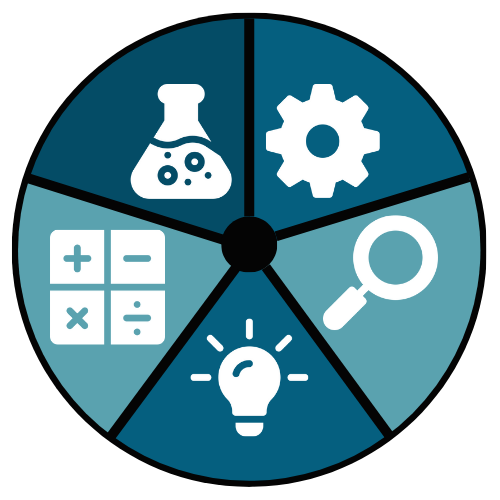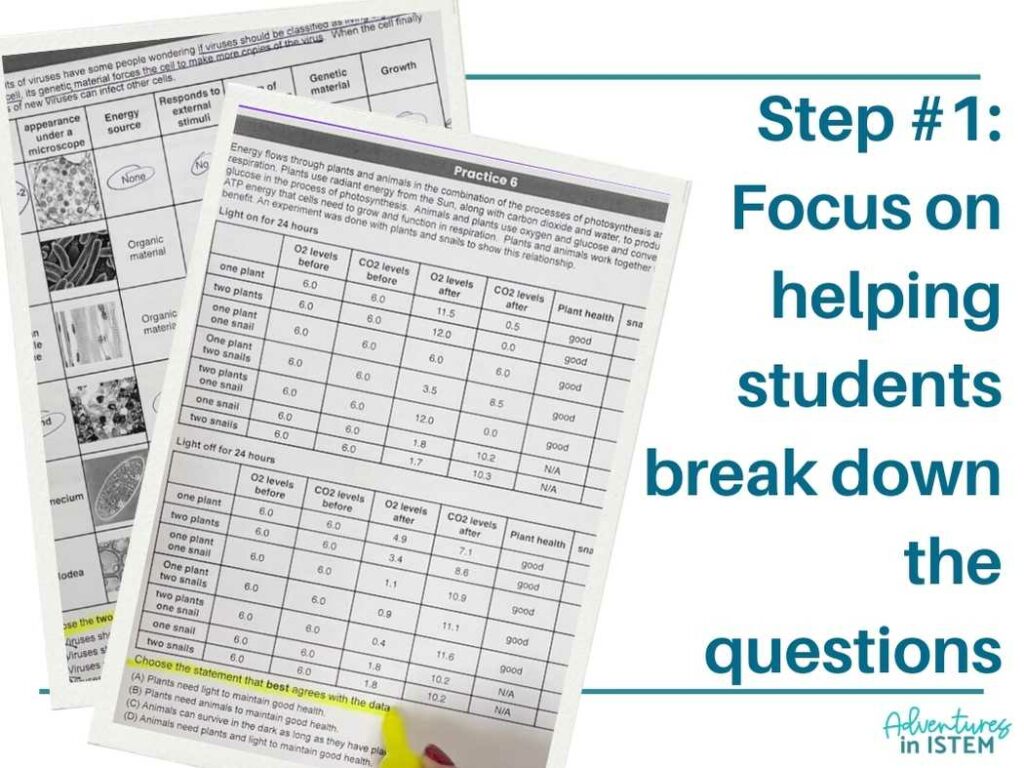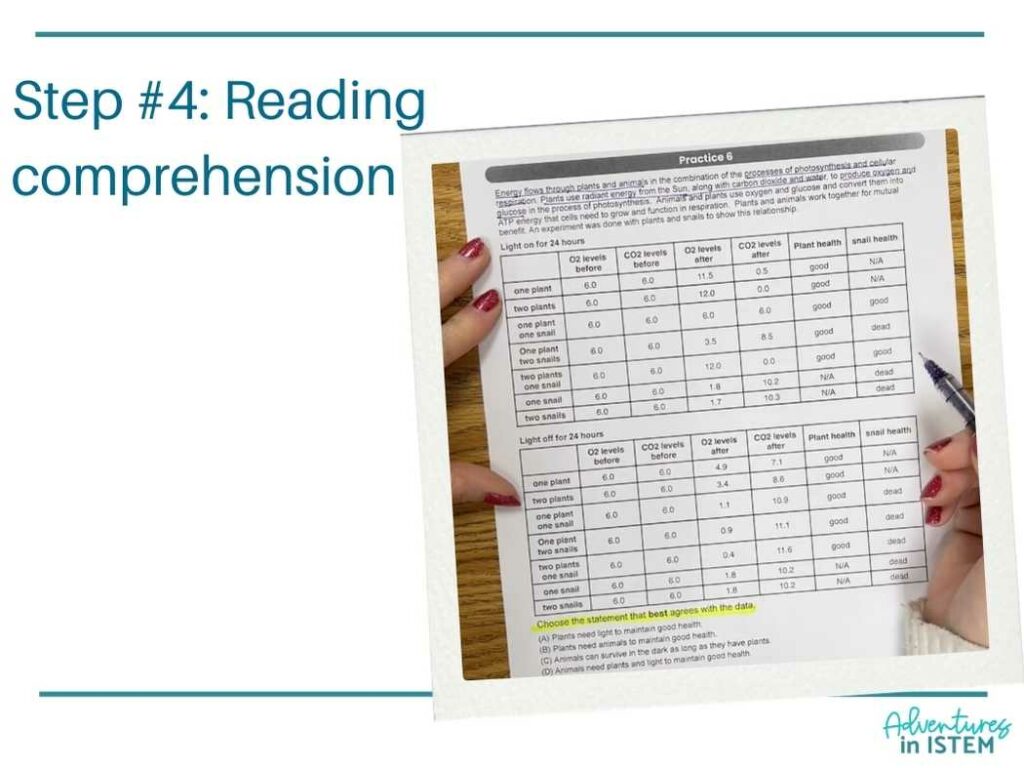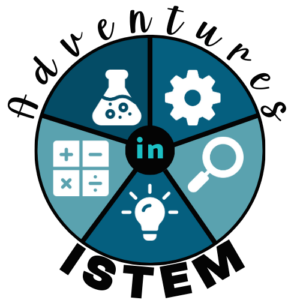Preparing students for the state science test can sometimes feel like climbing uphill while carrying a ton of rocks on your back. It’s no secret that state science tests have changed a lot over time.
Nowadays, it’s not just about memorizing facts; it’s about showing off those critical thinking skills. In this blog post, we’ll guide you through six essential steps to streamline science test practice.
From dissecting questions to mastering analyzing graphs, we’ve curated all the tips and tricks you need to help your students excel on test day.
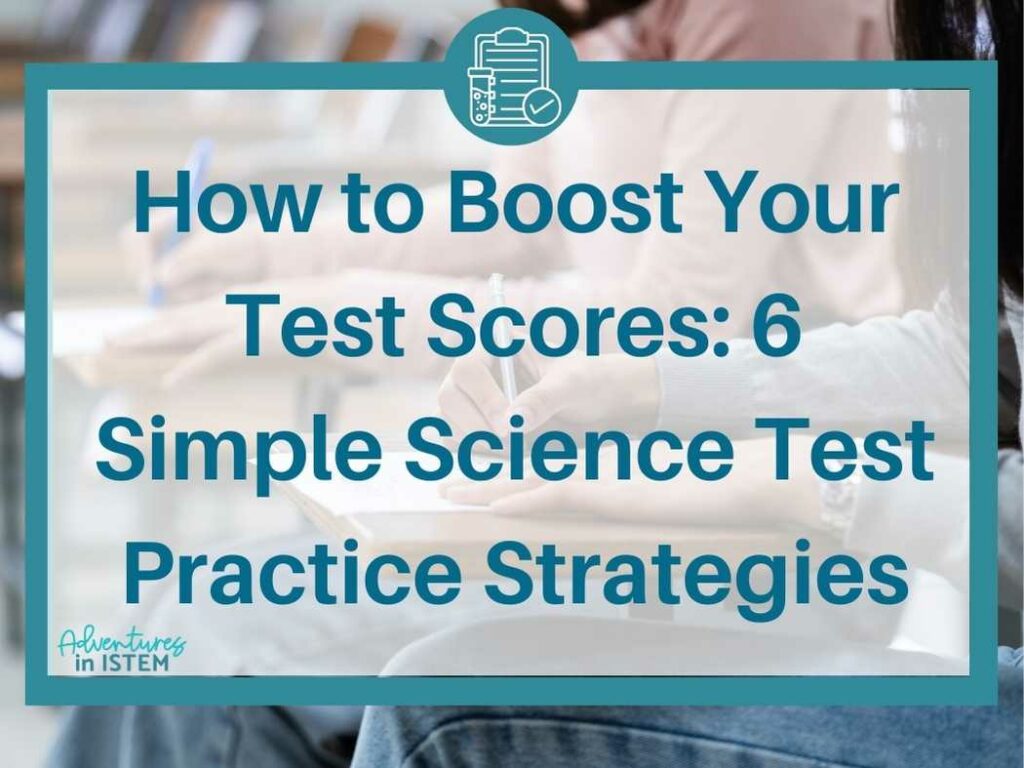
Step #1 Science Test Practice: Focus on helping students break down the questions
Breaking down test questions is crucial for students to understand what is being asked of them. Start by teaching them to identify keywords and phrases in questions.
For example, if a question asks about the relationship between variables, students should recognize the importance of identifying those variables. They also need to understand what the word relationship means to ensure they are actually answering the question.
Engage students in science test practice sessions where they dissect and discuss various types of test questions, providing guidance and feedback along the way.
Step #2 Science test practice: Analyzing Graphs, Diagrams, and Data tables
In today’s science tests, students are often required to interpret and analyze visual representations of data. Graphs, diagrams, and data tables provide valuable information students must learn to decipher effectively.
To help students develop these skills, incorporate hands-on activities into your lessons. For example, provide students with data tables related to an ecological study and ask them to identify trends or correlations. Another example would be to present students with a graph showing temperature changes over time and ask them to identify patterns or trends.
Guide students through interpreting the data, helping them make connections between variables and draw conclusions based on evidence. Provide time for discussions where students explain their interpretations and reasoning behind their findings.
Students will become more proficient in analyzing visual data by engaging in these activities, a crucial skill for success in science assessments.
Step #3 Science Test Practice: Do I need to know the topic
Assure students that while prior knowledge is beneficial, they don’t need to know every topic covered on the test. Instead, emphasize the importance of extracting information from provided passages and visuals.
Present students with science articles or passages related to unfamiliar topics in class. Have them read the passages and answer questions based solely on the information provided, reinforcing that understanding context is vital to success.
Having them practice going through unfamiliar topics will put them at ease when they come across topics on the state science test that they have either forgotten about or were never taught due to time constraints.
Step #4 Science TEst Practice: Reading comprehension
Strong reading comprehension skills are fundamental to success in state science tests. Teach students strategies for effective reading, such as skimming for main ideas or annotating important details.
Incorporate science articles or passages into your lessons and guide students through close reading activities to give them more science test practice.
Encourage students to engage critically with the text by summarizing key points, asking probing questions, prompting them to make predictions based on the information provided, and making connections between the information presented in the text.
Creating a culture of active reading and critical thinking of science passages will help students develop the proficiency needed to excel in science assessments.
Step #5 Science Test Practice: The Power of Practice
There is a saying that practice makes perfect. Offering a range of practice questions that mirror the format and complexity of the actual test is extremely beneficial to helping students prepare for the state science test.
Include multiple-choice questions, short answer prompts, and problem-solving tasks to familiarize students with different question types. Provide variations of questions that assess various skills, such as data interpretation, experimental design, and concept application.
Create science test practice sessions where students work individually or in groups to tackle test-style questions. Additionally, consider using past test papers or released exam questions from state Department of Education websites to provide authentic practice opportunities.
Offer constructive feedback and encourage students to reflect on their performance to identify areas for improvement. Students will build confidence and proficiency in tackling the assessment through consistent exposure to similar test-style questions.
Step #6 Science TEst Practice: Suggested resources
A great place to get started with science test practice problems is to head to your state’s education website and use some released practice questions.
For example, California has a few ways to help students practice for the state test. If you are a teacher in California, you can log in and assign the interim assessments, and students can go through practice questions.
However, they also have practice test questions that anyone can take, even if they aren’t a California educator. These practice questions can also help students.
The state of New York also has release questions you can print out and have the students practice answering.
Now that we’ve explored these science test practice strategies together, it’s time to implement them. Take the next step by incorporating these techniques into your classroom routines.
Guide your students through breaking down questions, analyzing visuals, and honing their reading comprehension skills. Provide them with ample opportunities for practice and reflection.
For additional support, I have created science test practice questions that mimic the state science test with guided test strategy presentations, which can offer valuable assistance in reinforcing these concepts. By doing so, you’re equipping them with the tools they need to succeed in their science assessments.
Let’s empower our students and rock that state test!
